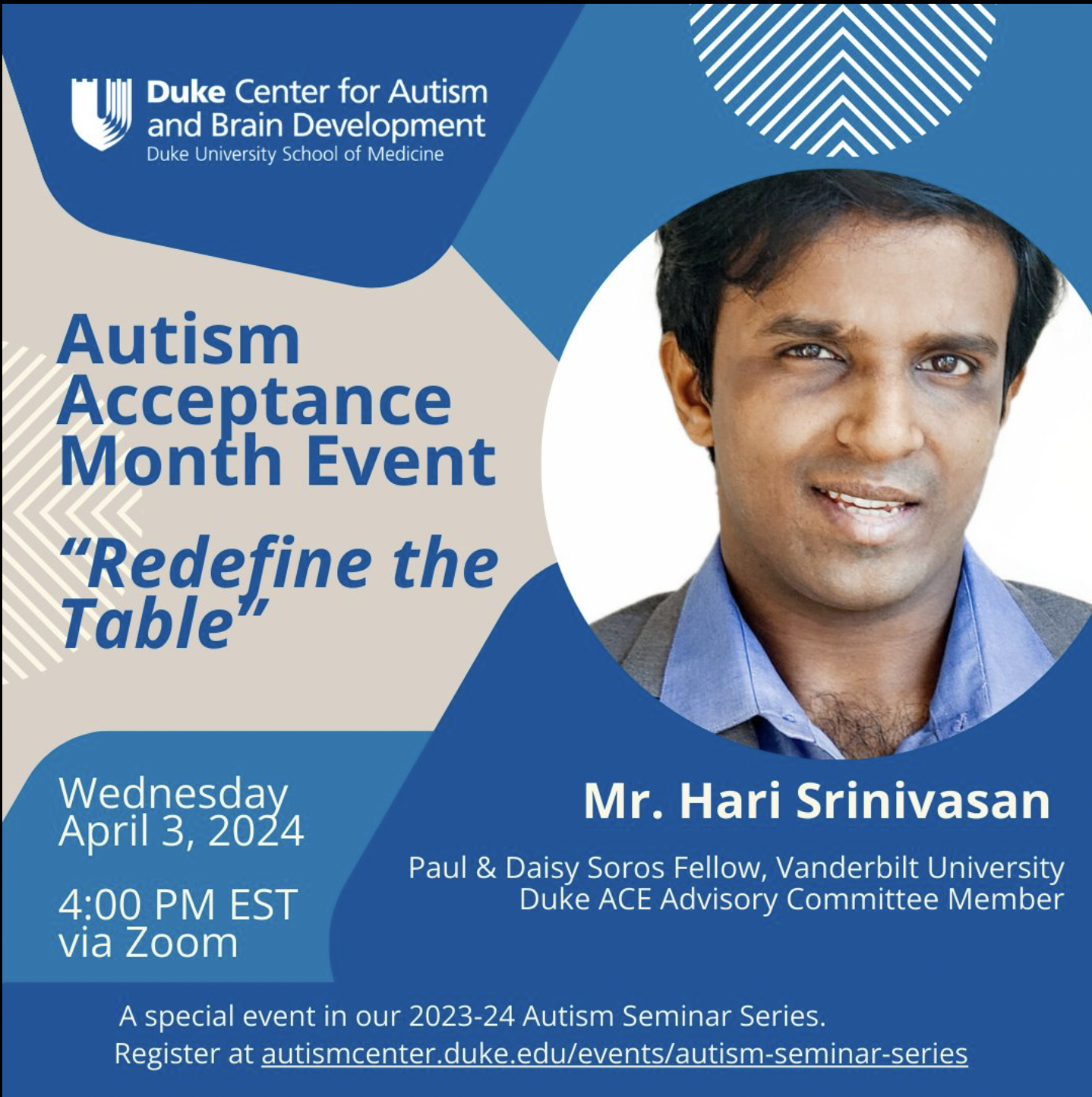in PlanSpeak Plain Language for Lay Reader
Hostile Attribution Bias is when someone thinks others are being mean or hostile, even when their actions are unclear or accidental. For example, if a person with this bias gets accidentally bumped into, they might believe it was done on purpose. This can lead to more misunderstandings because they react as if they are being threatened.
Hostile Attribution Bias and Autism.
But because autistic people often struggle with social cues and communication, it's possible they might also experience this bias.
Studies have found that autistics are more likely to see ambiguous situations as hostile compared to non-autistics. This can lead to higher levels of social anxiety and problematic behaviors like aggression or self-injury.
The Role of Society However, this bias in autistic people might not just be due to their difficulty with social cues. It can also come from a lifetime of facing social stigma, exclusion, and misunderstanding. When someone is repeatedly treated negatively, they can become more sensitive to potential threats. They lose trust that others will treat them well. This sensitivity means they might see even innocent actions as harmful.
Challenges Faced by Autistics. Autistics often face unique social challenges and stigma, which can make interpreting social cues even harder. They are frequently misunderstood and rejected. This is even worse for those with more noticeable behaviors or communication issues. From a young age, they might be placed in educational systems with low expectations, reinforcing a belief that they can't succeed. The very people (professional/educators) put in place to support them can often end up limiting opportunities and discriminating againsst them. This cycle of negative experiences can make them more likely to develop hostile attribution bias.
Impact on Mental Health. The combination of social difficulties inherent in autism and external societal stigma can create a strong foundation for developing hostile attribution bias. This not only affects their social interactions but also adds to their mental health struggles.
--------------------
Read more on Hostile Attribution Bias: [Version for Scientific/Academic Audience], [PlainSpeak for the Lay Reader], [A Simple Definition]
Related Posts on [Neuroception], [Negative Attribution Bias]













.jpg)



